List of 23 cosmetics ingredients banned by EU from 1st March 2022
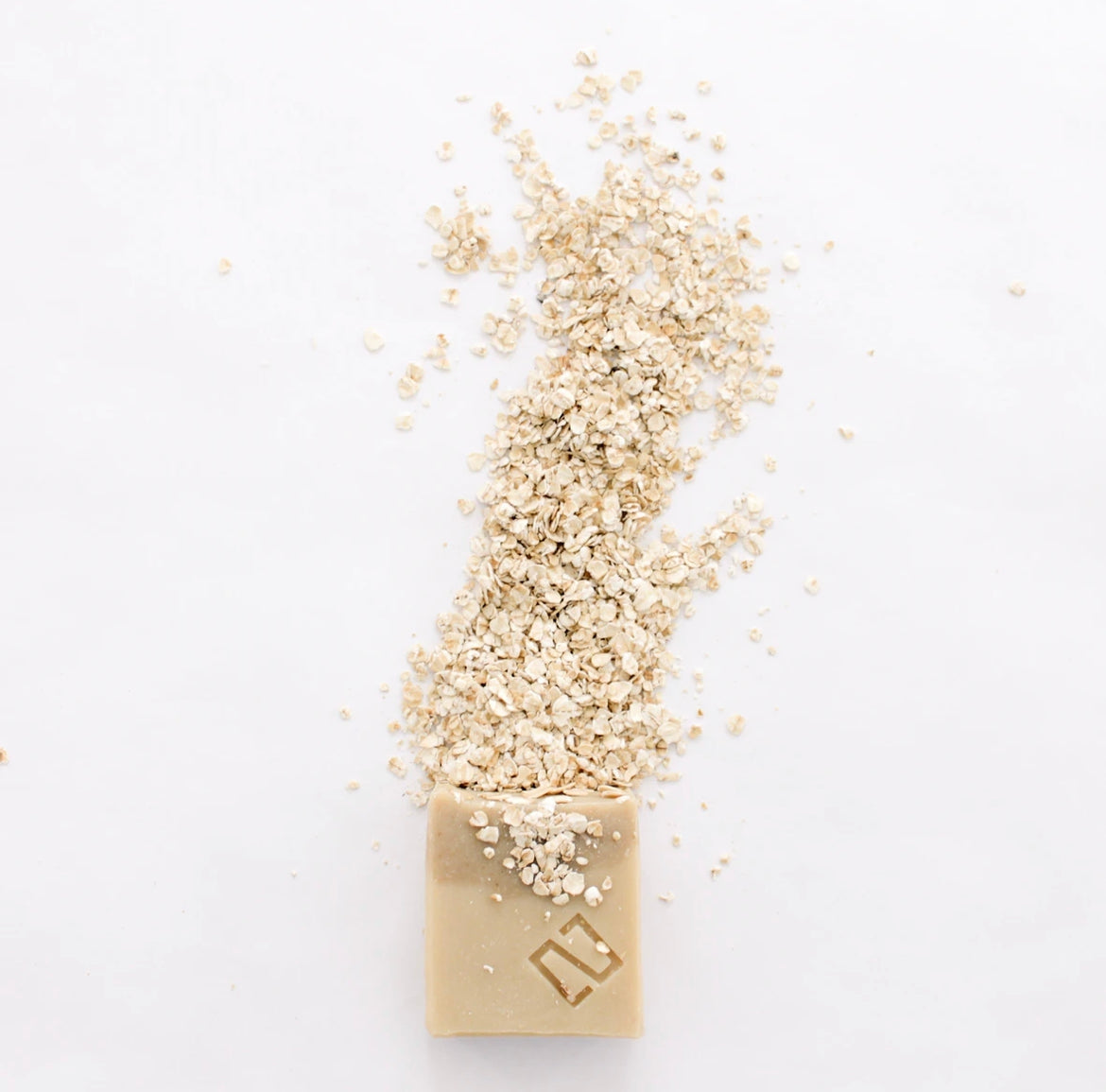
The EU has added 23 new cosmetics ingredients to Annex II after the 2021/1902 publication. Annex II is the list of prohibited cosmetics ingredients across the EU region. These ingredients are mutagenic, carcinogenic, toxic for reproduction, and harsh on the skin or eyes. The EU wants to protect people from the region against products that can cause serious side health and environmental effects. Here is the list of all the 23 substances that have been banned.
1. Zinc Pyrithione
In 2019, the use of Zinc Pyrithione was capped at 1% for anti-dandruff use only. Other rinse-off products were allowed to have a concentration of up to 0.5%. According to the new publication 2021/1902, any cosmetic products that contain Zinc Pyrithione will not be allowed in the EU region from 1st March.
2. Butylphenyl Methylpropional (Lilial)
Scientists discovered that this ingredient is toxic for animal reproduction. The previous publications allowed 0.1% in rinse-off products and a maximum of 0.001% on other products. However, the latest Annex II amendment prohibits all cosmetic products containing Butylphenyl Methylpropional starting 1st march 2022.
3. Bis(α,α-dimethylbenzyl) peroxide
This product is classified as toxic to the aquatic life of an unborn child, and it can cause serious skin and eye irritation.
4. Imiprothrin
A single exposure to Imiprothrin may cause non-lethal but irreversible mutagenic effects.
5. Hymexazol
Hymexazol is harmful if absorbed through the skin or swallowed directly. It's also harmful to groundwater and aquatic life with long-lasting effects.
6. Mesotrione
Mesotrione is toxic to both humans and the environment. It can cause irritation when it comes into contact with your skin
7. Dichlorodioctylstannane
Dichlorodioctylstannane has been prohibited because of its toxic compounds.
8. Iprovalicarb
Repeated exposure to Iprovalicarb can cause organ irritation. Tests carried out by the EU in 2018 did not find any mutagenicity in this chemical compound.
9. Penflufen
Penflufen causes adverse effects on internal organs. It also causes delicate parts such as the skin and the eyes.
10. Methylolacrylamide
Methylolacrylamide eye irritation and mild irritation for the skin. It has also been proven to cause long-lasting harmful effects on aquatic animals. This compound can easily be absorbed by the skin and trigger an allergic reaction.
11. Flurochloridone
Repeated exposure to Flurochloridone may lead to skin dryness and cracking. Besides, if swallowed, it can cause a skin allergic reaction.
12. Sodium N-(hydroxymethyl)glycinate
Glycinate is added to some skincare products for skin softening. It is a chemical preservative commonly found in cosmetics that helps prevent bacterial or fungal growth.However, it can cause serious health side effects. Human and animal evidence suggests that topical use can cause sensitization and dermatitis.
13. 2-methoxyethyl acrylate
2-methoxyethyl acrylate has been prohibited from cosmetic products because of its adverse effects on the skin and eyes, such as irritation and allergic reactions.
14. Diisooctyl phthalate
Diisooctyl phthalate, used in some lotions and shampoos, can cause skin irritation. If consumed, it can cause adverse body effects.
15. 2,2-bis(bromomethyl) propane-1,3-diol
A study by IARC shows that poor handling of this chemical may cause skin irritations. Long exposure may increase incidences of skin tumors.
16. Paclobutrazol
This chemical compound is very toxic for both humans and the environment. It's harmful when inhaled or ingested.
17. Bis(2-(2-methoxyethoxy)ethyl)ether; tetraglyme
Research shows Bis(2-(2-methoxyethoxy)ethyl)ether; tetraglyme is harmful if absorbed through the skin.
18. Ipconazole
Ipconazole causes eye irritation. It can also cause serious health issues if inhaled or ingested.
19. Dibenzo[def,p]chrysene; dibenzo[a,l]pyrene
According to the EU research, Dibenzo[def,p]chrysene; dibenzo[a,l]pyrene is carcinogenic.
20. Dioctyltin dilaurate and stannane
This compound can cause toxic reactions on the skin and cause eye irritation.
21. Tris (2-methoxyethoxy) vinylsilane; 6-(2-methoxyethoxy)- 6-vinyl-2,5,7,10-tetraoxa-6-silaundecane
This chemical compound has been moved to the Annex I lists because of its adverse health and environmental effects.
22. Silicon carbide fibers
Silicon carbide can irritate the nose and the eyes on contact. Repeated exposure decreases may cause a chronic disease of the lungs known as Pneumoconiosis.
23. Fluxapyroxad
Fluxapyroxad can cause serious eye damage, skin irritation, or trigger an allergic skin reaction.
Final thoughts
Coos-Cosmetics does not sell products containing any of the above ingredients. We are a strong believer in skin-friendly skincare, and we love protecting the environment. All our Korean skincare products are carefully handpicked to ensure that customers get toxin-free yet effective products that are safe for your health.
For more info check here

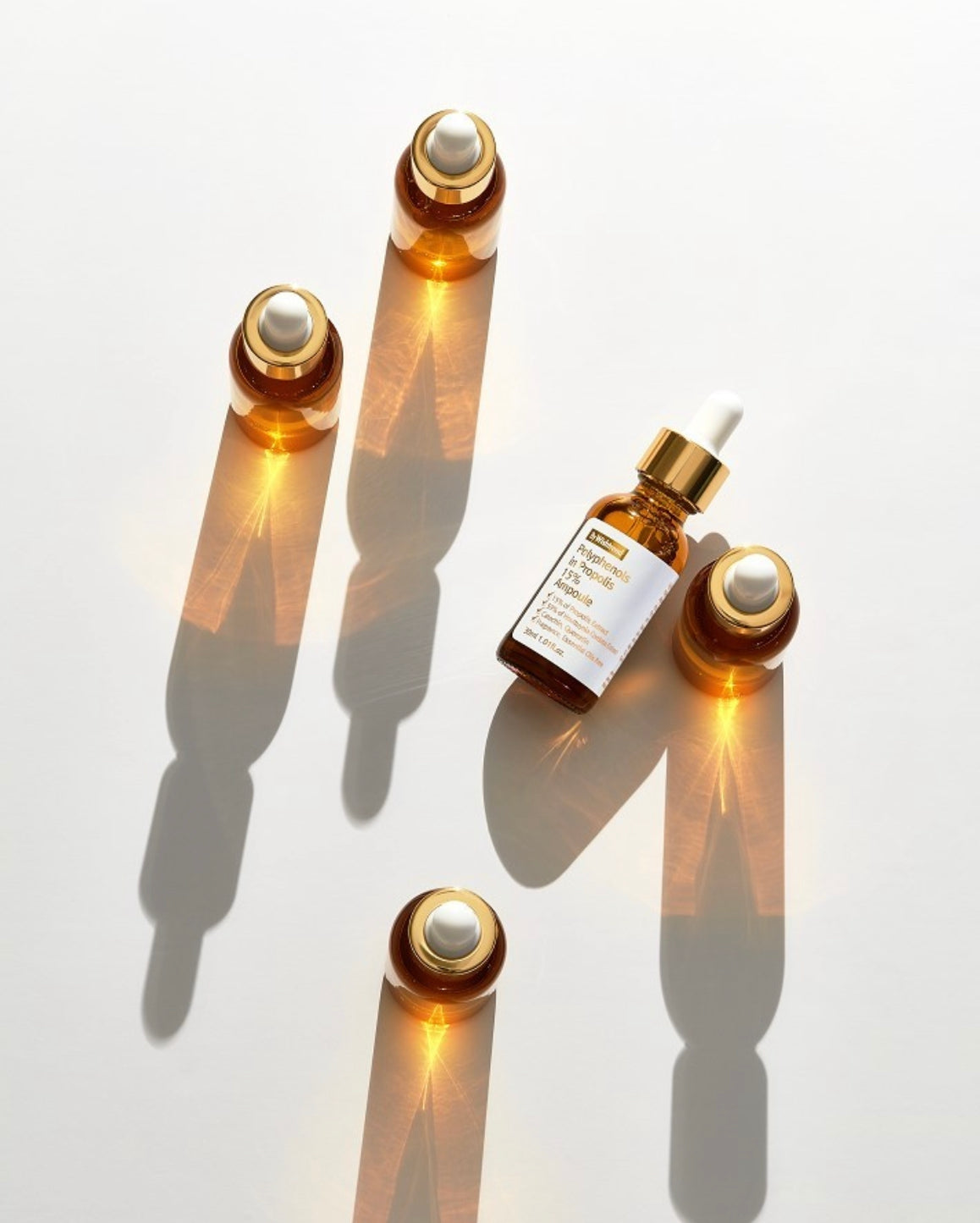
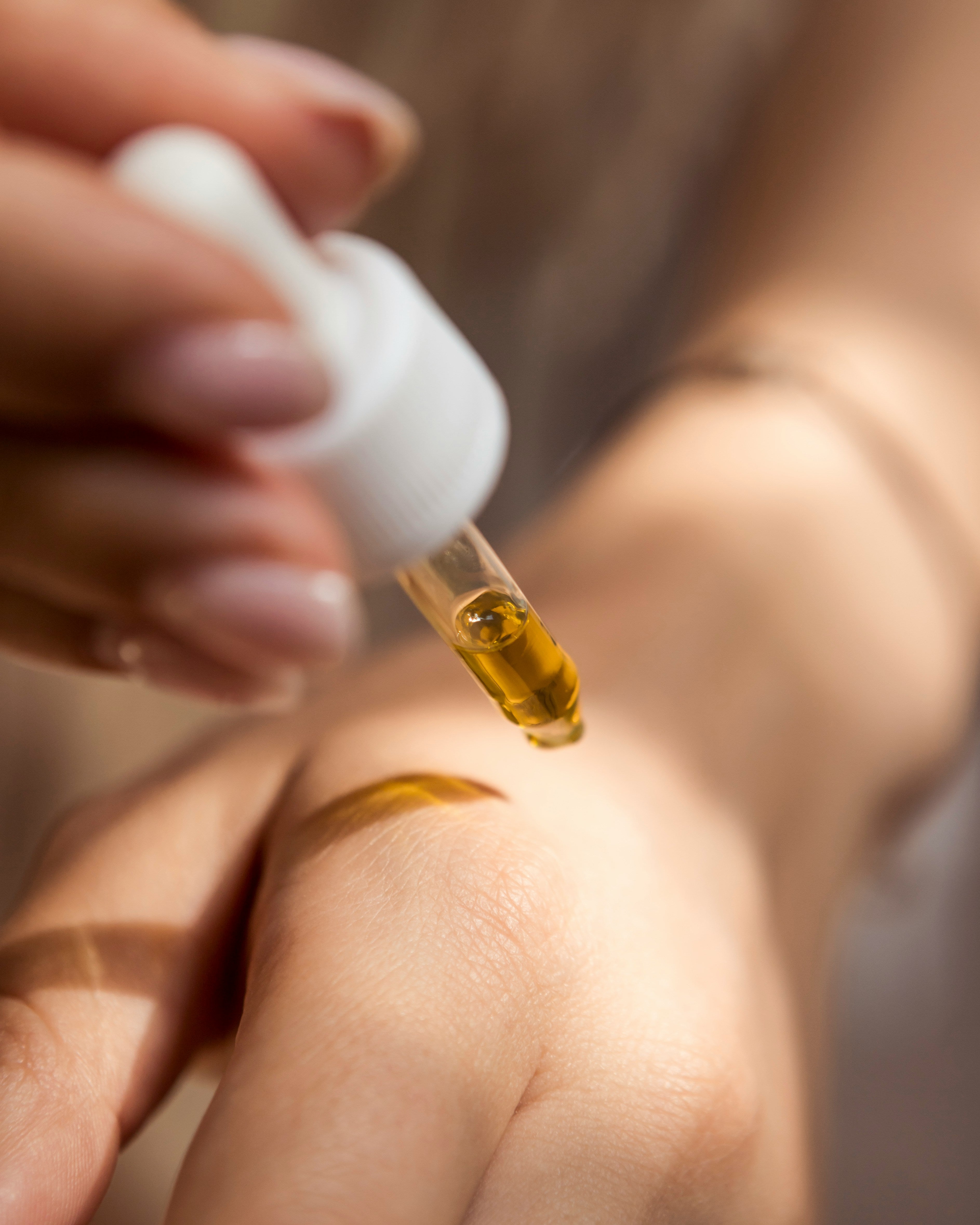











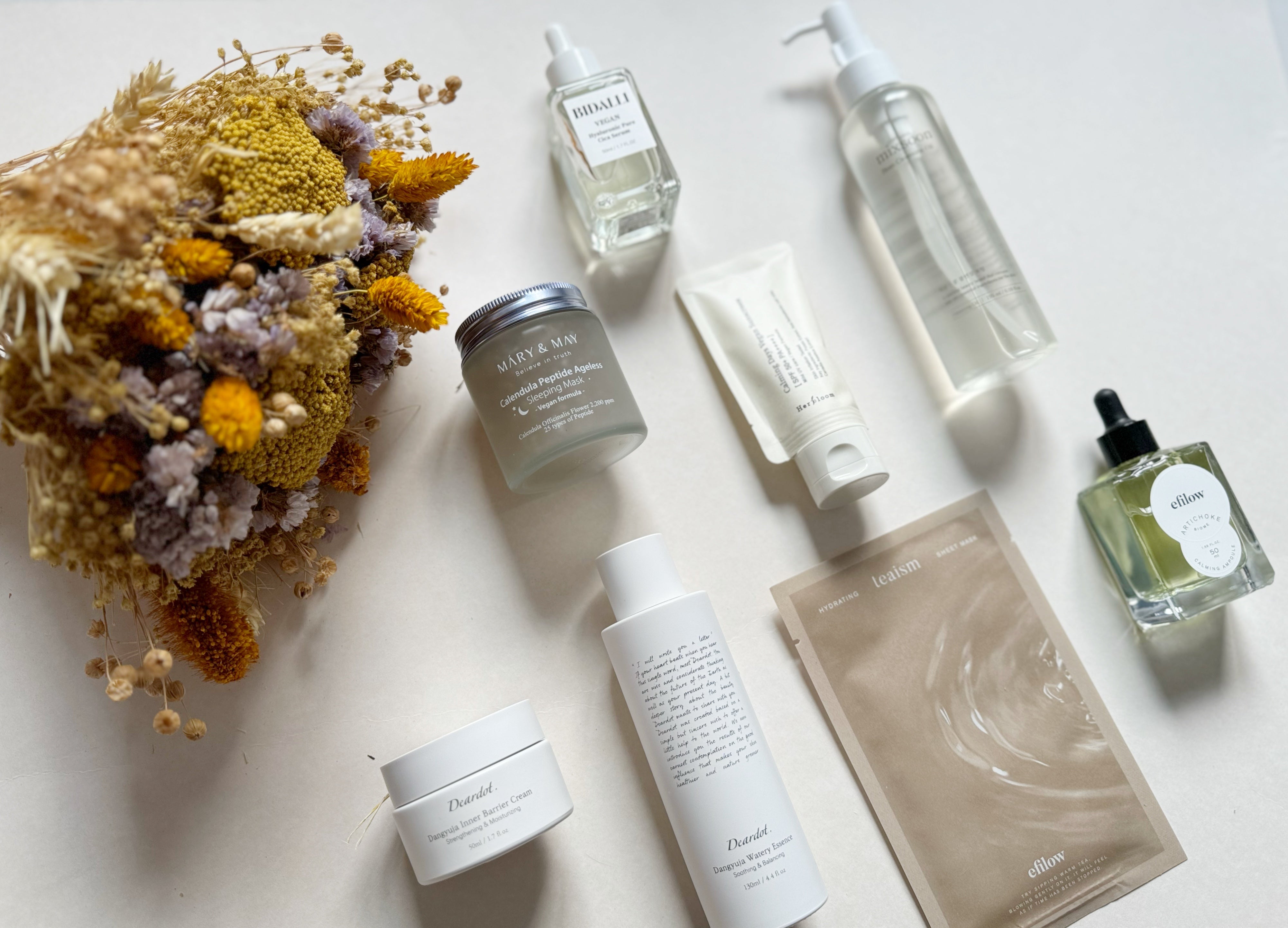
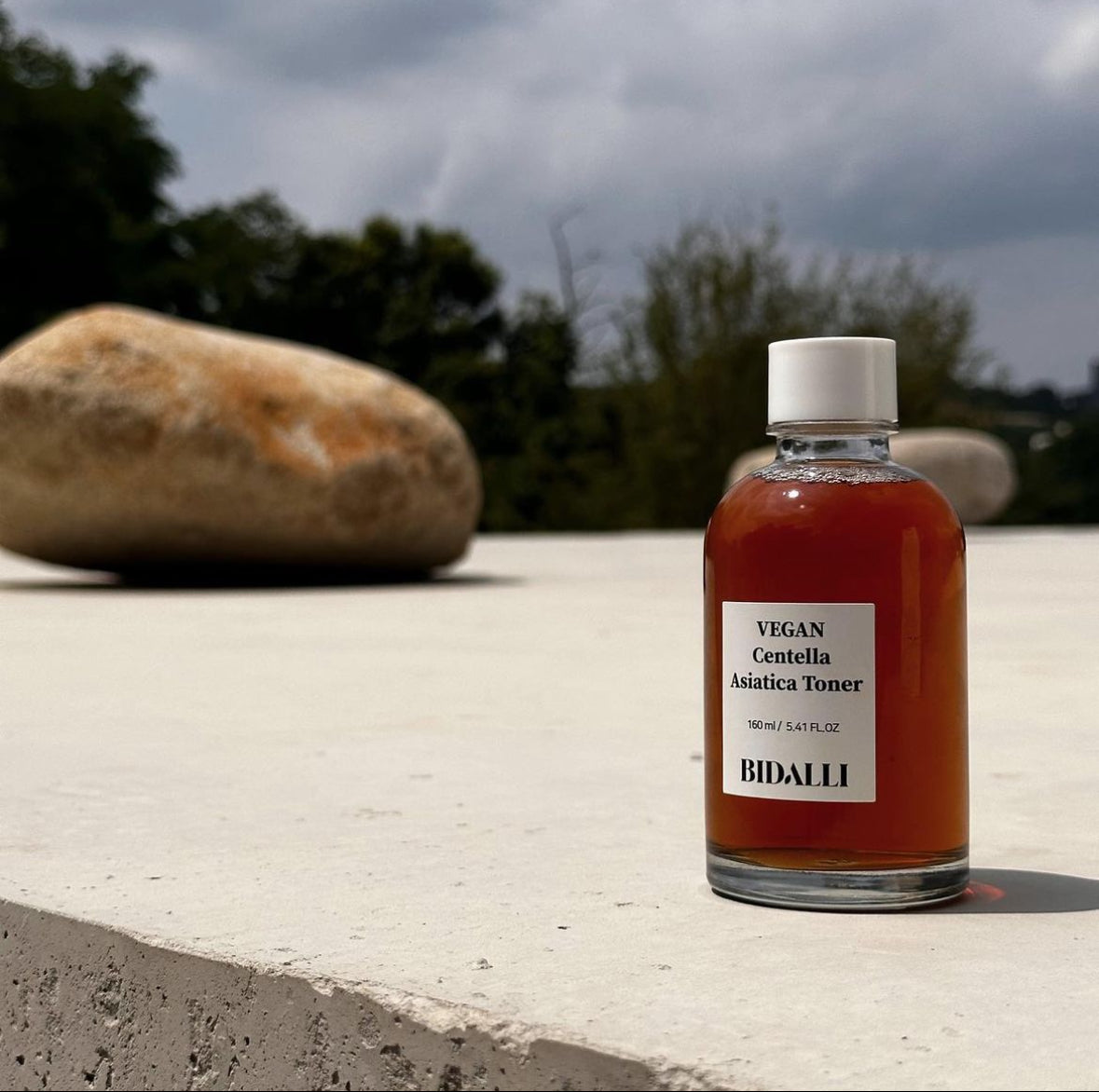
Comments